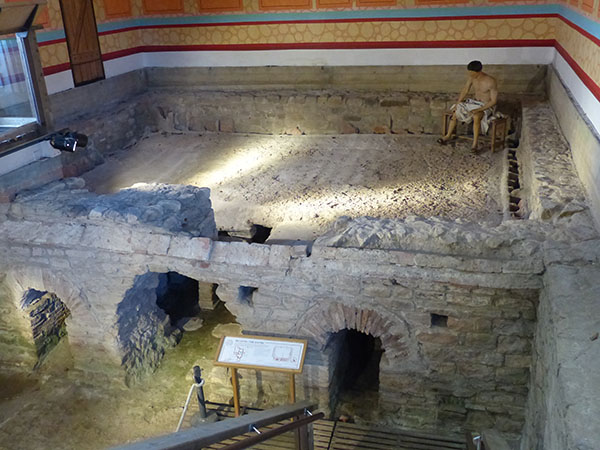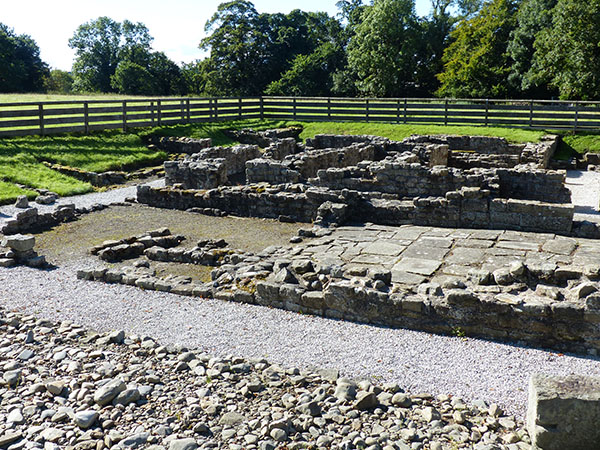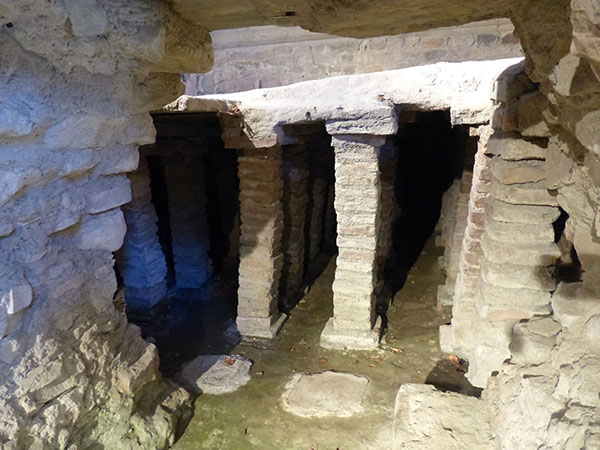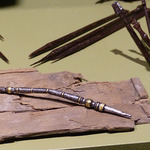Binchester Roman Fort is located along the River Wear near Bishop Auckland in County Durham, England. The fort was large for its size and covered ten acres and probably housed more than one calvary unit. One of the calvary units was from Spain, who were regarded for their equestrian skills, and the other was thought to have been from the Netherlands. The earlier fort (dating from about 80 AD) on site was actually about 17 acres with multiple units of soldiers, and it was decreased around 160 AD. The site was occupied after the end of the Roman Empire for 200-400 hundred years after that. The fort was on the road to Hadrian's Wall via York on the famous road Dere Street. Corbridge (Hadrian's Wall: A Visit to Corbridge Roman Town (Coria)) was the first town in the Hadrian's Wall area on this famous Roman street through Britain.

The commandant's house was the largest and most luxurious house on the site. These had private rooms and private baths, and it has been escavated along a section of the main road through the fort.



The site was discovered accidentally in the 1800s when a farmer's wagon's wheel fell into the hypocaust (build-up-flooring for the hot air to circulate) of the bathhouse. Unfortunately, a lot of the artefacts discovered were sold and passed into local circulation. Many Roman coins could be found in the fields around the area at the time and were a local legend. Unfortunately, all of the items were stolen and lost.


The bathhouse is the most interesting item at Binchester as it is well-preserved and covered to the elements. The different rooms can be seen, and there is information about each of these - the cold plunge rooms, the heated rooms, the lobby, etc.

In the concrete underneath the baths and at the bottom of the hypocaust are footprints, bringing the human touch into Binchester. The footprints took place when the baths were being built, and one is the print of a running child, and the other an adult who appears to reach out to grab the child to prevent him/her from messing up the wet concrete further.

A building near the bathhouse is a learning centre for children and has some interactive exhibitions. There are a few examples of Roman tiles and building materials to see.



Leave a comment